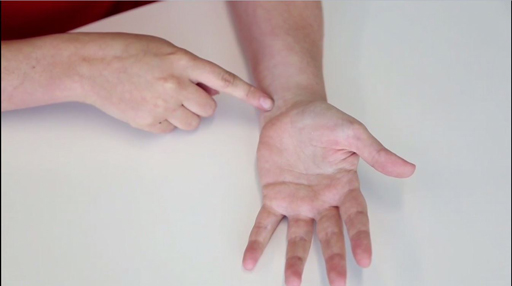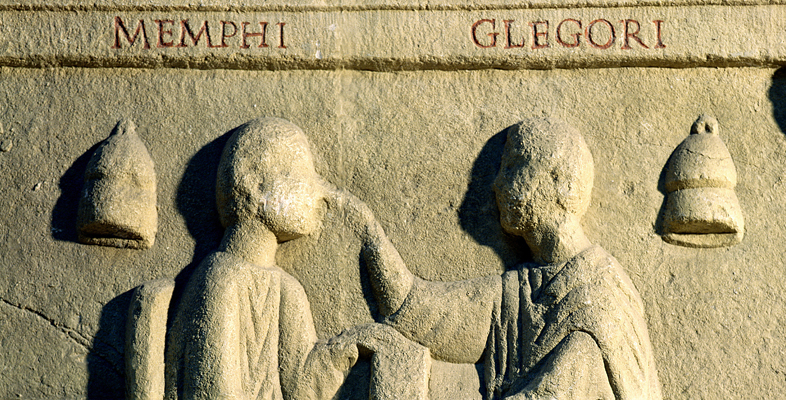1.1 How healthy are you?
How healthy do you feel at the moment? What aspects of your life or your body do you consider when making that decision? Would you recite your blood pressure and heart rate? Do you monitor your health regularly, for example by weighing yourself or using an activity tracker? Why do you monitor your health? Or, if not, why don’t you?
Activity _unit1.1.2 Activity 2
Measure your pulse or someone else’s pulse now. If you need a guide, follow the advice in this video from the British Heart Foundation.

Transcript: Video 2 Taking your pulse
Comment
Did you already know how to measure a pulse? How did you know? Was it because of your own job, or because it’s been done to you before, or because you’ve seen it on TV or in a film? When you did it, did you count the beats while looking at your watch or clock, or did you just feel them?
Today, the pulse mainly refers to the beats per minute, although the strength or weakness of the beat is also seen as significant. You will see later how these featured in ancient medicine.
Measuring the pulse against a watch or clock only started in the 15th century, and it was not until the 17th century that a pulse watch was developed by John Floyer. However, in the third century BCE, Doctor Herophilus is reported to have used a portable clepsydra, a water-clock, to measure the frequency of the pulse, adjusting this according to the age group of the patient. As well as speed, he was also interested in what he called the pulse’s size, rhythm and strength. In this course, you’ll be weighing up the similarities, as well as the differences, in how health was imagined in the ancient Greek and Roman worlds.
